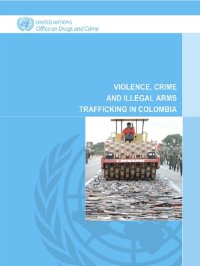By Jana Mudra, with the assistance of Yuriy Kryvonos, Iina Kuuttila, Jane Lawson and Ida Scarpino
Illicit trafficking of SALW affects numerous States in the Asia-Pacific region, many of which continue to experience relatively high levels of gun violence. Following the call by multiple UN General Assembly and Security Council resolutions since 2000, the United Nations Regional Centre for Peace and Disarmament in Asia and the Pacific (UNRCP) has sought to further arms-control objectives by strengthening women’s participation in preventing and combating illicit trade in small arms and light weapons (SALW). With the aim of promoting gender-responsive efforts to combat the uncontrolled spread of and enhance national control over SALW and to prevent gun-violence, UNRCPD implemented a region-wide project on ‘Gun Violence and Illicit Small Arms Trafficking from a Gender Perspective’. This project was designed for women leaders of Non-Governmental Organizations (NGOs) focused on gender issues/women’s empowerment, and for Members of Parliament (MPs) engaging in arms-control issues. The project had the following five activities: 1) Sub-regional workshop for Southeast Asia; 2) Sub-regional workshop for South Asia; 3) Sub-regional workshop for the Pacific; 4) Regional seminar for Asia and the Pacific; and 5) Compiling outcomes of the events in the Compendium The primary goal was to enhance the understanding on the impacts that illicit SALW trafficking and gun violence has on women, girls, men and boys for NGOs and MPs in the region.
Kathmandu: United Nations Regional Centre for Peace and Disarmament in Asia and the Pacific, 2020. 45p.





















